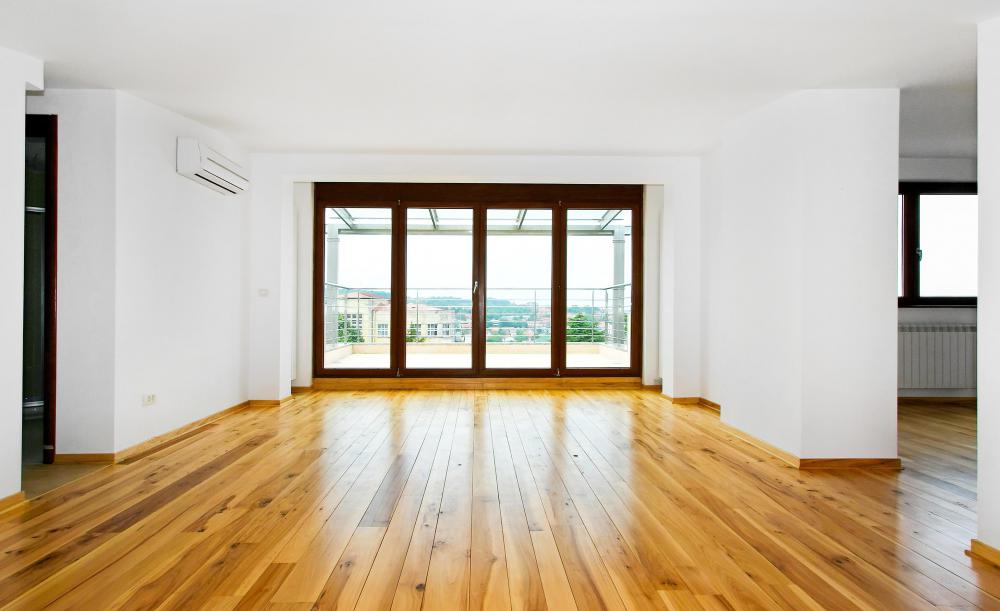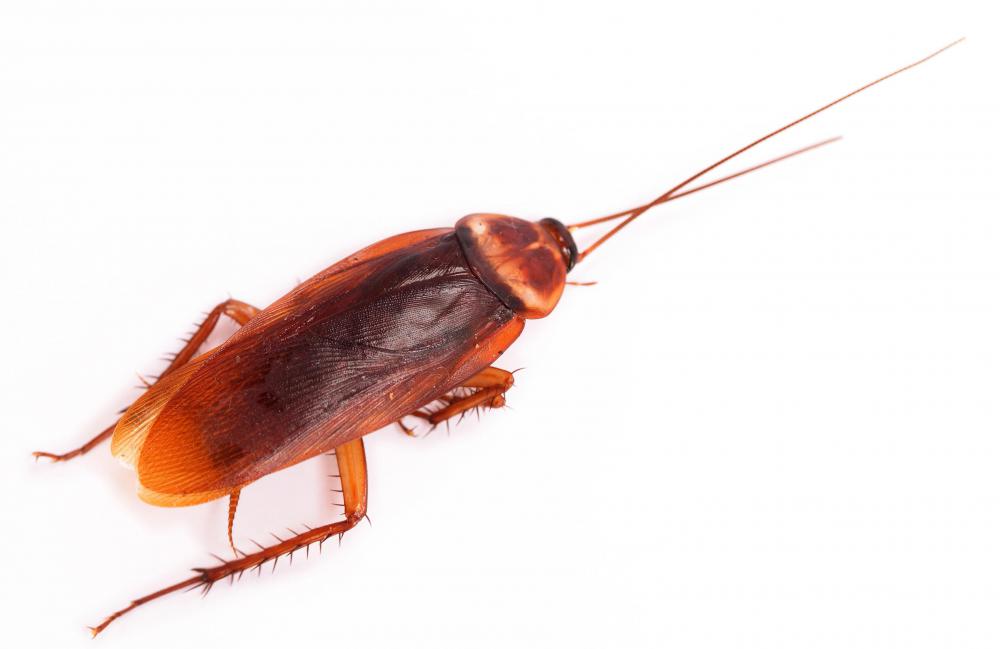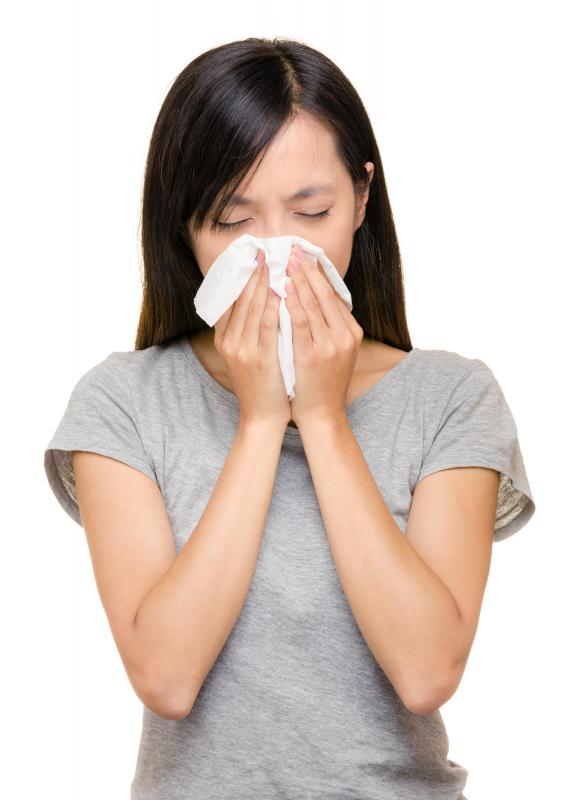At TheHealthBoard, we're committed to delivering accurate, trustworthy information. Our expert-authored content is rigorously fact-checked and sourced from credible authorities. Discover how we uphold the highest standards in providing you with reliable knowledge.
What is a Dust Allergy?
A dust allergy is an allergy to certain proteins which are found in household dust. Dust is actually an accumulation of a wide variety of substances, including mold, pet dander, dust mites, and the remains of insects like cockroaches. Any number of these substances can trigger an allergic reaction, causing a dust allergy. Dust allergies are very common, and there are a number of ways in which they can be managed, so there is no reason to suffer from allergies caused by dust.
Many people with a dust allergy experience symptoms like a runny nose, watery eyes, sneezing, coughing, itchy eyes, difficulty breathing, or an exacerbation of existing asthma. Some people develop shortness of breath, skin hives, and more severe allergic reactions when they are exposed to dust. The allergy is caused by a confusion in the immune system which leads the immune system to overreact when it is exposed to certain proteins, causing a cascading series of allergy symptoms.

If a dust allergy is suspected, a visit to the doctor is recommended to confirm. Allergy specialists can perform a series of tests which determine sensitivity to key allergens, and they can also discuss ways to manage the dust allergy. The use of allergy medications to reduce the immune system's reaction can help, as can asthma drugs, for people who suffer from breathing difficulties. Immunotherapy in the form of a series of shots to reduce sensitivity may also be used to treat a dust allergy.

There are also steps which can be taken at home to reduce the amount of dust in the house, keeping allergy sufferers more comfortable. Using an air filter is highly recommended, as the filter can pull out the particulates which cause the allergy. Keeping humidity low is also a good idea, and in regions with naturally high humidity, using a dehumidifier may be necessary. Ideally, the humidity should be below 55%.

Regularly laundering all fabrics in a house will keep dust mites down, and things like pillows and mattresses should be wrapped in mite-proof packaging so that dust mites cannot settle inside, exacerbating allergies. Many companies sell mattress and pillow wrappers which are very easy to install. Allergy sufferers may also want to consider replacing fabric drapes with blinds or shades, or using drapes which can be regularly taken down and washed, and the replacement of wall to wall carpeting with a hard flooring material like tile or wood is also recommended.

People with dust allergies should also be careful while cleaning. Wearing a face mask to vacuum, sweep, and perform other cleaning tasks can reduce the amount of inhaled dust, as can using vacuums with air filtration. Cleaning regularly to keep dust to a minimum is a good idea, but it is important to be aware that cleaning stirs up dust, which can make a room uncomfortable for a few hours after cleaning.
AS FEATURED ON:
AS FEATURED ON:



















Discuss this Article
Post your comments